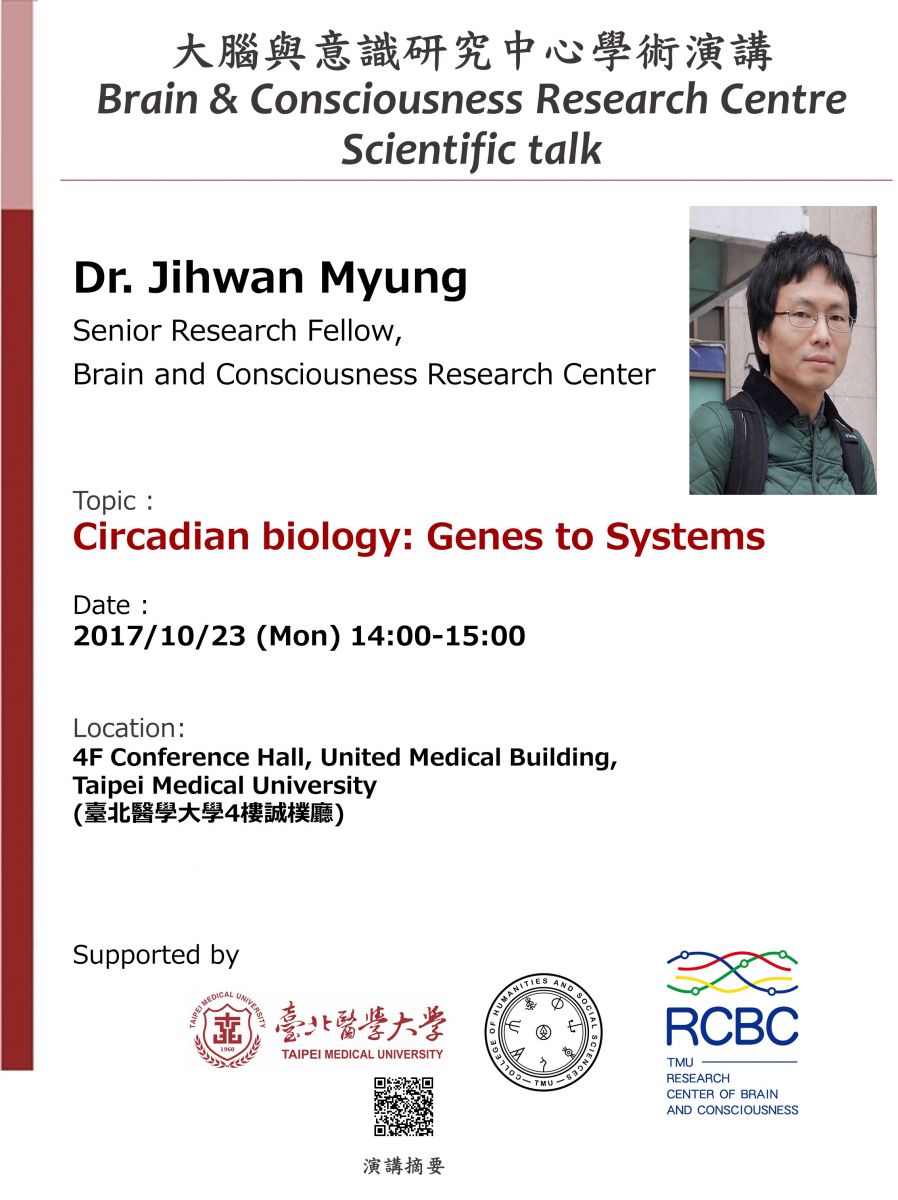Almost 300 years ago, an important observation was made that the leaves of mimosa “sleep” at night even in a constantly dark wine chamber. Do they receive some Earthly signal of the night or is there an endogenous “clock” inside them? Now we know the answer, that there is a circadian clock in almost all living organisms. This realization took many years and many people—even Charles Darwin was involved. This year, three people won the Nobel Prize in Physiology and Medicine for disclosing the genetic machinery of the circadian clock in the fruit fly. The essential mechanism they proposed is called the “transcriptional/translational feedback loop (TTFL)” and we have since learned that this also governs the circadian clock of mammals, including humans. We will hear some stories surrounding this discovery and also hear about on-going debates. Although the circadian rhythms are curious and potentially important phenomena, we do not fully understand why they exist. The latter question will require understanding of the clock at the systems level, which we will discuss if time permits.




